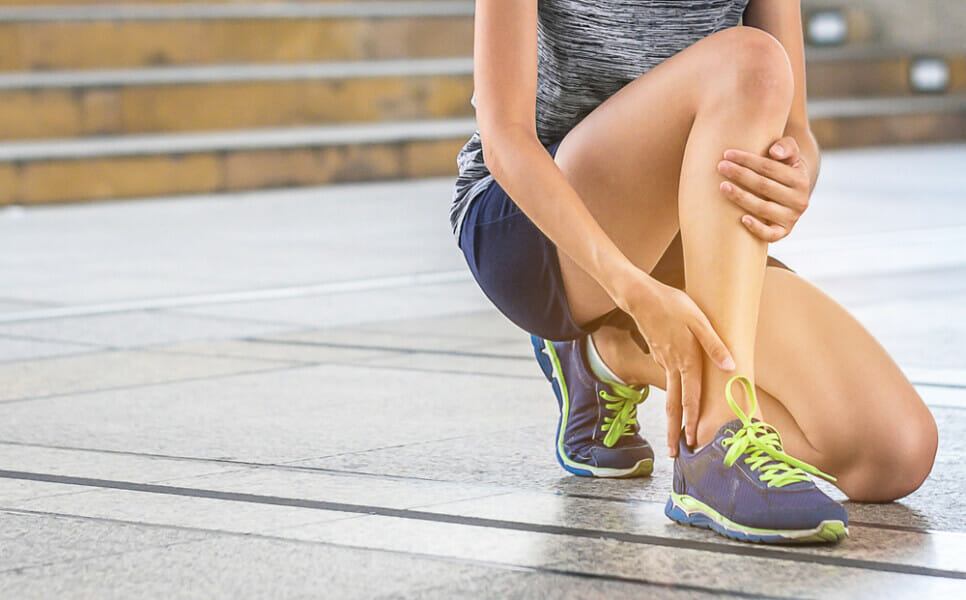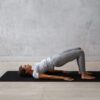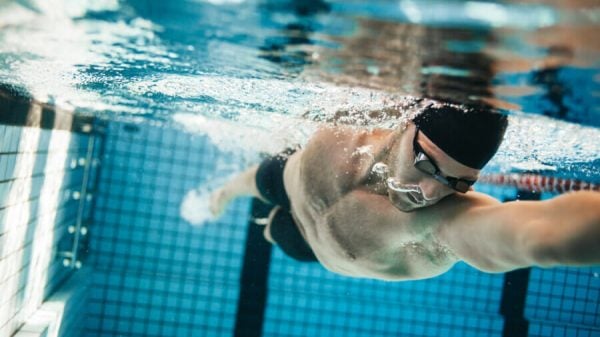If you contemplate gym sessions and which group of muscles you plan to work on today, what crosses your mind? Spine and shoulders? Lower limbs? Arms? Core? How about the sole body part that constantly makes contact with the ground—the foot? The foot and ankle “complex”—referred to as such due to their closely linked, interconnected relationship—upholds your complete body weight and acts as the base for nearly all movement.
“Your foot is incredibly intricate with 26 bones, over a dozen muscles, and numerous nerve endings” expresses Brian Kinslow, PT, DPT, owner of Evolve Flagstaff. “It functions both as a pliable shock absorber for every step, a robust lever to propel you forward when walking or running, and is a plentiful source of sensory information that conveys to the brain about where the body is in space.”
Studies indicate that while running, the foot and ankle complex bears up to three to five times your body weight. During leaping, the force amount fluctuates based on landing style (e.g. two legs vs. one) and jump elevation, but generally, you’re looking at a minimum of four to five times your body weight. Assuming a weight of 150 pounds, that equates to a minimum of 450 pounds of force through your foot and ankle!
If that wasn’t challenging enough, the foot and ankle complex manages force and motion in all directions, whether that’s forward and backward (sagittal plane), sideways (frontal plane), rotational (transverse plane), or a fusion of them. Throughout any of these movements, the foot and ankle are assimilating force while holding weight, and when you step off, they’re relieving that force and steadying the foot and ankle in the air.
Reasons to enhance your foot and ankle complex
Given the force intensity passing through the feet and ankles, the categories and angles of force they encounter, and the fact that we use them extensively (every step), it’s no wonder that foot and ankle injuries are among the most common injuries in the overall, active populace.
Moreover, the foot and ankle complex influences the rest of the leg. When your foot touches the ground, a ripple effect of force moves into it and upwards. The more efficiently the foot and ankle absorb force, the less of that ripple effect emerges into the shins, knees, and above.
Each of these aspects contributes to the distinctive biomechanics of the foot and ankle complex. For instance, the foot is divided into three sections—the forefoot (think ball of the foot), midfoot (from the front of the ankle bone to the beginning of the ball of the foot), and rearfoot (from behind the ankle bone to the heel), each with distinct and unique mechanics, function, and purpose.
For these reasons, foot and ankle health plays a vital role in overall physical health. According to Dr. Kinslow, “foot and ankle health is an integral component of orthopedic well-being. It’s something we should contemplate with most patients and clients, even if they aren’t experiencing foot or ankle discomfort. So don’t overlook your feet and ankles!”
If you haven’t considered “exercising” the foot and ankle like the rest of the body, fret not, as you’re likely in the majority. To rectify that, here are five evidence-based exercises—with advancements as well—to enhance foot and ankle strength and function.
5 fundamental foot and ankle workouts
1. Foot and ankle inversion with band
Be seated barefoot on the ground with your legs extended straight ahead of you. Secure the end of a lengthy resistance band around the ball of your left foot. Let it pass below the sole of your right foot (as if you were stepping on it), then grasp both ends in your right hand. Flex your left toes towards your face as you twist them outward, then point them downward as you twist them inward. That comprises one repetition. Commence with two sets of 15 repetitions per foot, and increment in multiples of five until you reach three sets of 25 reps. At that juncture, intensify the exercise by decelerating and requiring a five-count to return to the initial position each time.
2. Toe bends with towel
Sit barefoot in a chair and lay a bath towel (folded in half) on the floor in front of you. Position a book or sneaker on the other end of the towel away from you, and rest both feet on the end of the towel closest to you. With your feet flat on the floor and the towel beneath, pull the weight closer to you by curling your toes to bunch up the towel like an accordion. That represents one repetition. Begin with two sets of 15 repetitions and escalate in intervals of five until you reach three sets of 25 reps. At that point, enhance the exercise by enfolding a resistance band around your toes and curling against resistance.
3. Seated toe and heel raises
Commence seated in a chair with your bare feet approximately shoulder-width apart and flat on the ground. Elevate both heels from the ground while upholding the balls of your foot on the ground, and then gradually lower your heels back down. Reverse the motion with your toes and front part of the foot lifting off the ground while the heels stay on the floor. That forms one repetition. Start with two sets of 15 repetitions in a seated position and accumulate in multiples of five until you achieve three sets of 25 reps. At that point, raise the difficulty by executing the same procedure while standing. The concluding escalation is advancing to executing this standing, balancing on one leg at a time.
4. Short foot
Embark seated in a chair with your bare feet flat on the ground. Without curling your toes, raise the arches of your feet, maintaining the ball of the foot off the ground and the heel on the ground. Initiate with two sets of 15 repetitions in a seated position and build up in multiples of five until you reach three sets of 25 reps. At that stage, step up the exercise by executing the same activity while standing. The final progression is moving on to balancing on one leg at a time.
5. Equilibrium
Stand on one leg for 30 seconds then replicate on the other side. Alternate between the two legs for three rounds. When you accomplish that effortlessly, repeat the progression on a soft surface like a cushion. For advanced balance training, repeat the sequence above and close your eyes!
This regimen aids in constructing foundational strength, mobility, equilibrium, and feedback into your foot and ankle complex to better cope with the arduous demands of everyday life, activities, and sports. Give it a try and once you familiarize yourself with it, you can integrate it into your daily warm-up routine as well. Your feet and ankles will express their gratitude!














